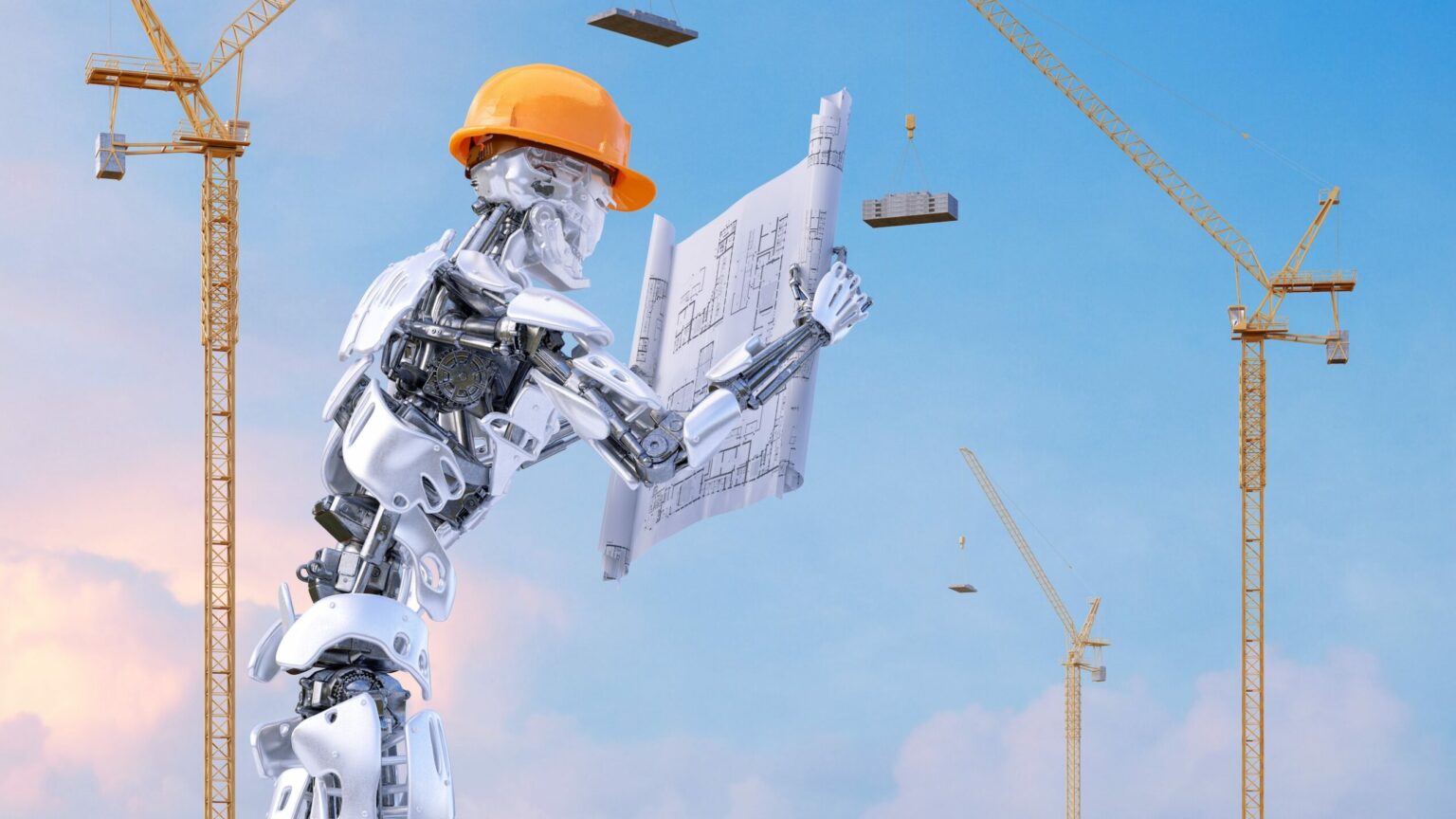A British inventor who helped develop early building information modelling (BIM) applications has spoken of his belief that AI could design the buildings of the future.
Dr. Jonathan Ingram, who pioneered 3D building design software applications like Sonata and Reflex in the 1980s, is a big believer in the transformative potential of both artificial intelligence (AI) and augmented reality (AR). Ingram aired his thoughts during an interview with Neil Gerrard published in Construction Europe.
Known as the ‘Father of BIM,’ Ingram is regarded as one of the outstanding engineers of his age, having won the Royal Academy of Engineering’s Prince Philip Medal in 2016 for his “exceptional contribution” to the field.
Also read: Scientists Working on AI Built From Human Brain Cells
AI’s budding building potential
Ingram noted in the interview that he already employs AI and AR as part of his work with 345 Global, a company that applies information modelling to the retail environment. But his comments on how the technology could impact construction is likely to turn the most heads.
“These new technologies provide a wonderful toy box of what you can do in construction in the future,” Ingram told Construction Europe.
“You want to be able to say to the system, ‘Design me a building that looks like it was designed by Richard Rogers.’”
Ingram added that while the tools “aren’t there yet,” they are coming. “Soon, AI and AR will be able to help design the building and check what you have done.
“In the future, you will be able to ask the system: ‘How do I do this?’ or ‘Show me the windows I used in the last project.’”
The inventor revealed that he’s spent the last few years writing code and designing systems related to AI and AR in retail BIM. 345 Global helps retailers implement smart integration to help with things like store and shelf planning, merchandising, compliance, and sales and marketing. The company has offices in Chicago, Minneapolis, the UK, and Australia.
But there’s still room for humans
Multiple industries are actively exploring or already leveraging AI to improve processes, enhance safety, and handle decision-making usually reserved for humans. But using AI to erect bricks and mortar is perhaps the most tangible and visible use-case discussed so far.
A recent study by researchers from the Massachusetts Institute of Technology (MIT) looked at new AI-powered generative design systems and found that while they were capable of producing innovative designs – including for building components – they often fell short of creating designs that were fully optimised for their intended purpose.
The solution, at least according to MIT doctoral student Dat Ha and assistant professor of civil and environmental engineering Josephine Carstensen, was to halt the process periodically. Why? To enable human engineers to assess the work to that point, of course. A blend of automation and manual work, in other words: a combination of human and machine.
“The potential applications of Prof Carstensen’s research and tools are quite extraordinary,” said Christian Málaga-Chuquitaype, a professor of civil and environmental engineering at Imperial College London. “With this work, her group is paving the way toward a truly synergistic human-machine design interaction.”
Multiple use-cases
The potential of use-cases of AI and AR in the construction industry are legion, from improving worker safety through things like AI-powered cameras and robotic process automation, to the use of drones to survey construction sites.
AI tools may also be able to identify areas of energy inefficiency in the production process and tackle site waste. While AI predictive analytics are used to inform decisions related to building quality, safety, and profitability.
The short video below, meanwhile, illustrates how useful AI-powered robots could be on construction sites.
A recent report suggests the global AI in construction market was valued at $709.09 million in 2022 and is set to grow over the next six years, reaching $4882.79 million by 2029.
With the global construction industry valued at over $10 trillion per year, AI/AR solutions that can cut costs and increase efficiency are surely destined to claim a piece of the pie.









 and then
and then